Why do animals have tails? Do they always serve a function? Does that use vary from animal to animal? These questions about these most curious of appendages are answered in a way that manages to be both informative as well as being a delightful guessing game.
Nonfiction
Nonfiction genre
D Is for Dragon Dance
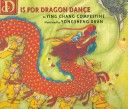
A is for Acrobats. B is for Balls. C is for Calligraphy. D is for Dragon Dance. From firecrackers to noodles, from red envelopes to the zodiac, young readers are introduced to the exciting traditions of the Chinese New Year.
Five Thousand Years of Slavery
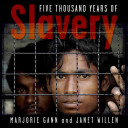
When they were too impoverished to raise their families, ancient Sumerians sold their children into bondage. Slave women in Rome faced never-ending household drudgery. The ninth-century Zanj were transported from East Africa to work the salt marshes of Iraq. Cotton pickers worked under terrible duress in the American South.Ancient history? Tragically, no. In our time, slavery wears many faces. James Kofi Annan’s parents in Ghana sold him because they could not feed him. Beatrice Fernando had to work almost around the clock in Lebanon. Julia Gabriel was trafficked from Arizona to the cucumber fields of South Carolina.Five Thousand Years of Slavery provides the suspense and emotional engagement of a great novel. It is an excellent resource with its comprehensive historical narrative, firsthand accounts, maps, archival photos, paintings and posters, an index, and suggestions for further reading. Much more than a reference work, it is a brilliant exploration of the worst – and the best – in human society.
Sky Sailors
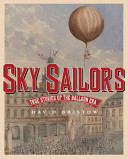
For more than a century before airplanes, people explored the sky in balloons. From 1783 to the early 1900s, aeronauts flew into storms, crossed large bodies of water, sailed over enemy armies, and soared to deadly altitudes. Illustrated in full color with dramatuc period artwork, here are the stories of the pioneers of human flight, such as daredevil Sophie Blanchard from Napoleon’s France, and Solmon Andree, who lead an aerial assault on the North Pole in 1897.
Snow Rabbit, Spring Rabbit: A Book Of Changing Seasons
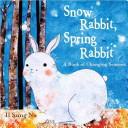
What do the animals do when the snow falls to the ground and all the trees are bare? Some fly long distances, while some swim to warmer waters. Some take a long, warm sleep where they live, while others have a thick, cozy coat and can stay in the snow! As with Il Sung Na’s previous books, this book is filled with rich illustrations, charming animals, and a simple, lyrical text—all wrapped up in a gorgeous package. It’s a gentle introduction to the ideas of adaptation, hibernation, and migration, and an exhuberant celebration of changing seasons.
William Shakespeare: His life and Times
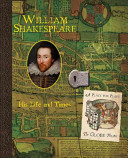
A lavish, interactive introduction to the great poet’s life, his work and the times he lived in.In this enthralling scrapbook that William Shakespeare compiled for his daughter, he looks back on his life as he retires from the theatre. Discover late-sixteenth- and early-seventeenth centurystories of love, war, kings and queens, fellow playwrights and actors, explorers and life in London.
Out of Sight
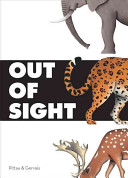
In this big, beautiful, astonishing book, more than 50 animals are hiding. In elegant drawings and graphic, eye-catching layouts, Out of Sight will enthrall children with the amazing variety of the animal kingdom.
Nosh, Schlep, Shluff
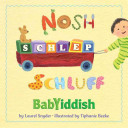
Learning—and using—Yiddish is fun for the whole family, from the youngest mamaleh to the oldest bubbe and zaideh. Introduced to America as the mother tongue of millions of Jewish immigrants, Yiddish has made its way into everyday English. The sprightly, rhyming text follows a toddler through a busy day and is peppered from beginning to end with Yiddish words. Oy!—will everybody kvell when they hear their little ones spouting words from this most expressive of languages.
Weddings
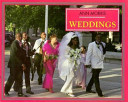
A picture book provides a simple introduction to the things that often happen at a wedding.
Somewhere In The World Right Now: (Reading Rainbow Book)
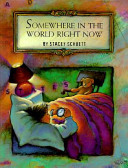
Describes what is happening in different places around the world at a particular time.
